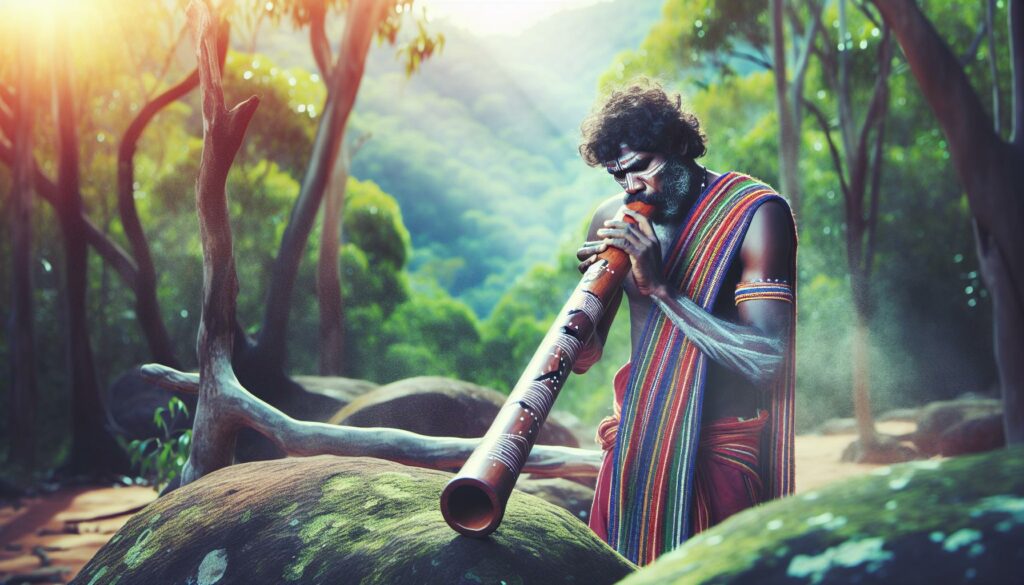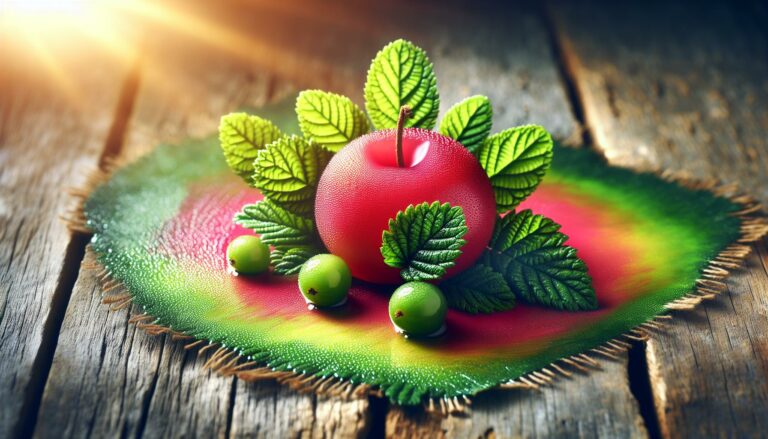The didgeridoo holds a revered place in Aboriginal folklore, weaving together tradition, spirituality, and community. I’ve always been fascinated by its deep-rooted significance and the stories it carries through generations. This ancient wind instrument isn’t just about its distinctive sound; it’s a symbol of cultural identity and resilience.
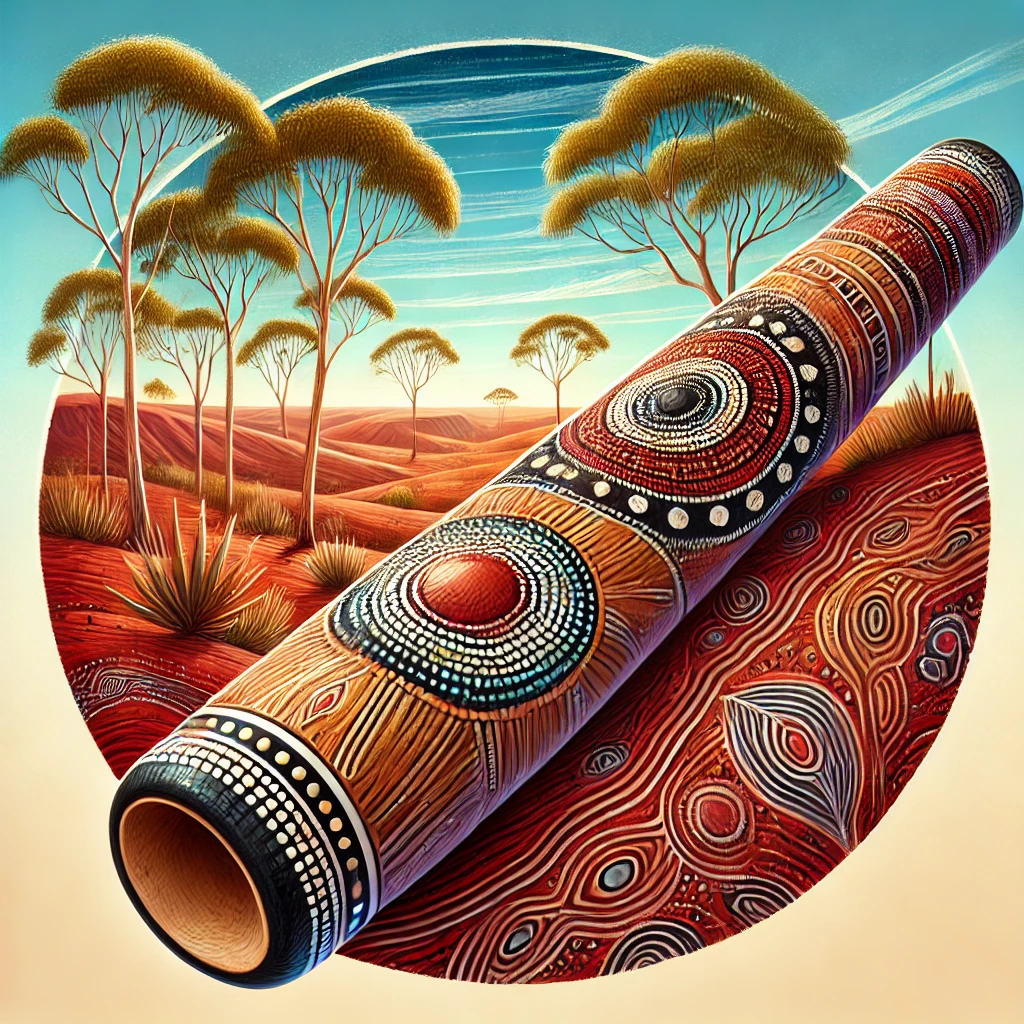
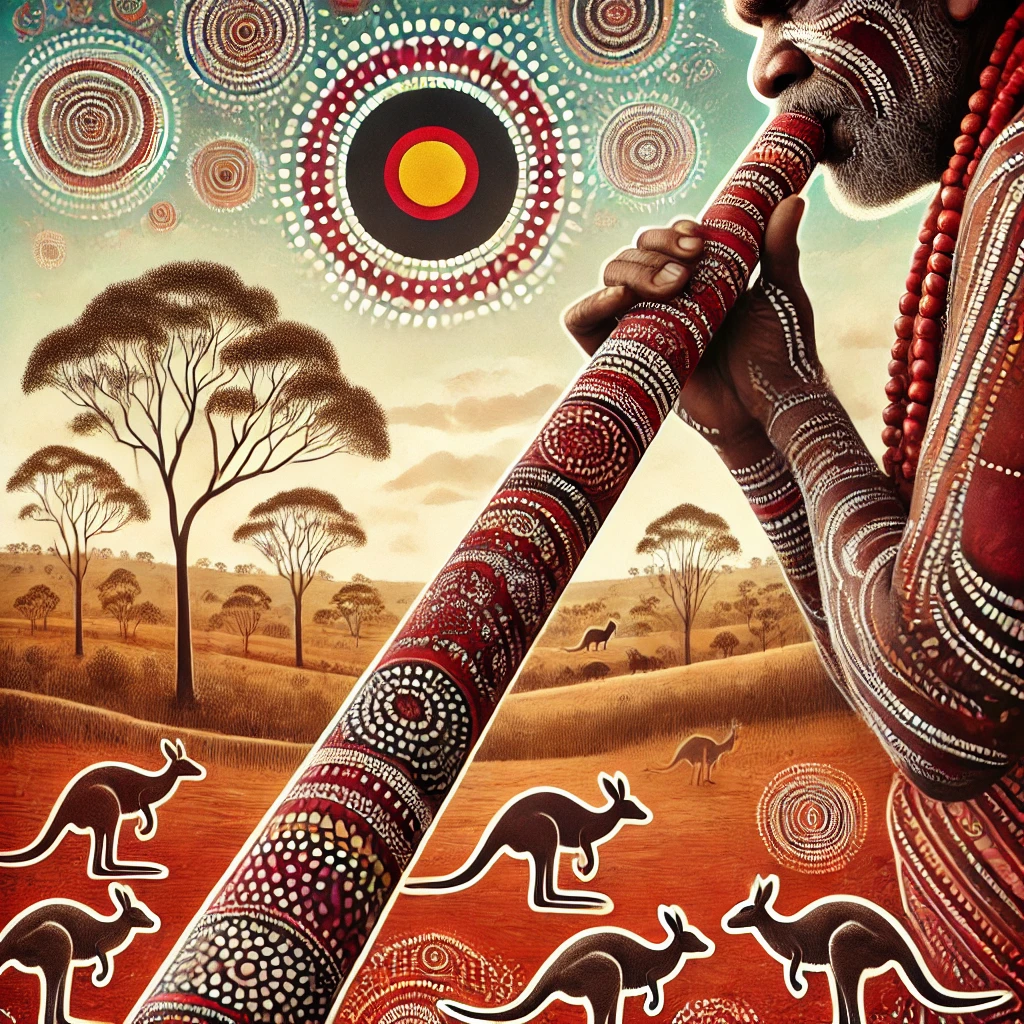
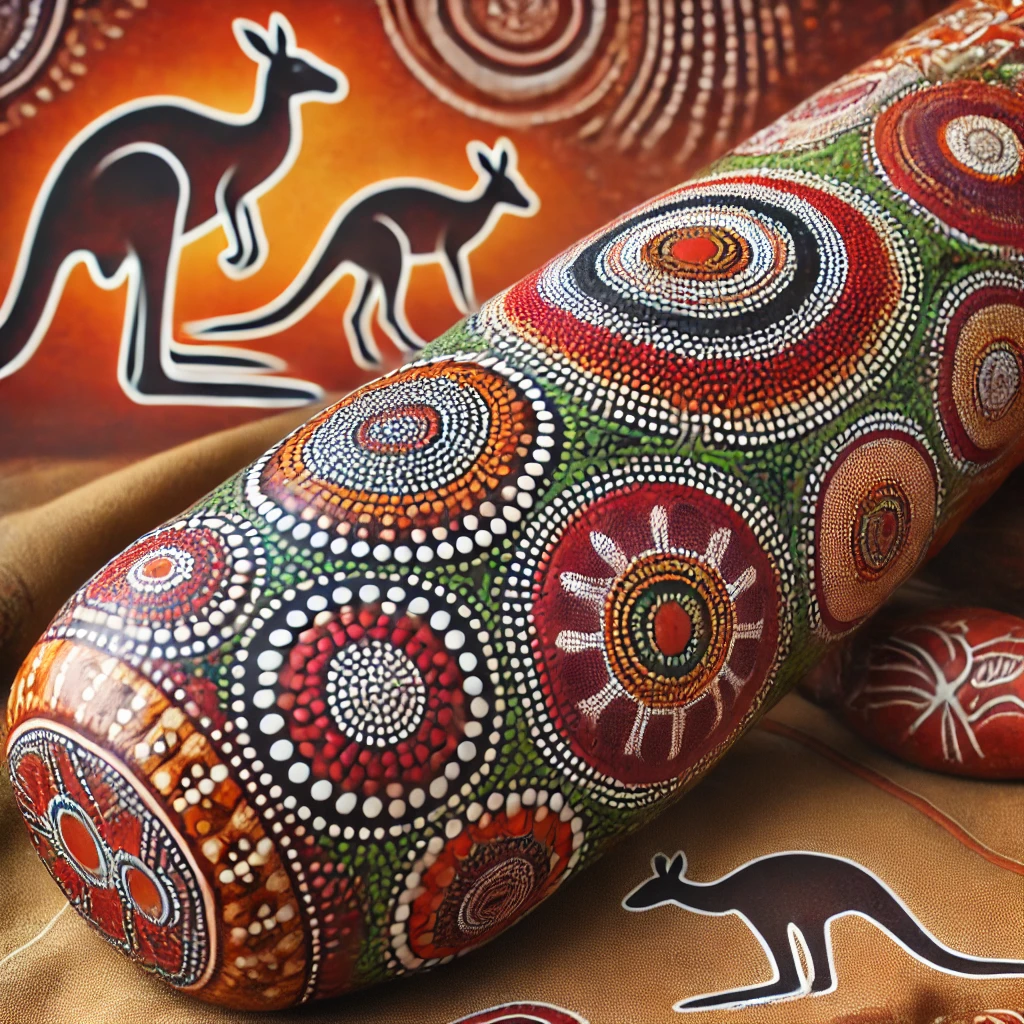
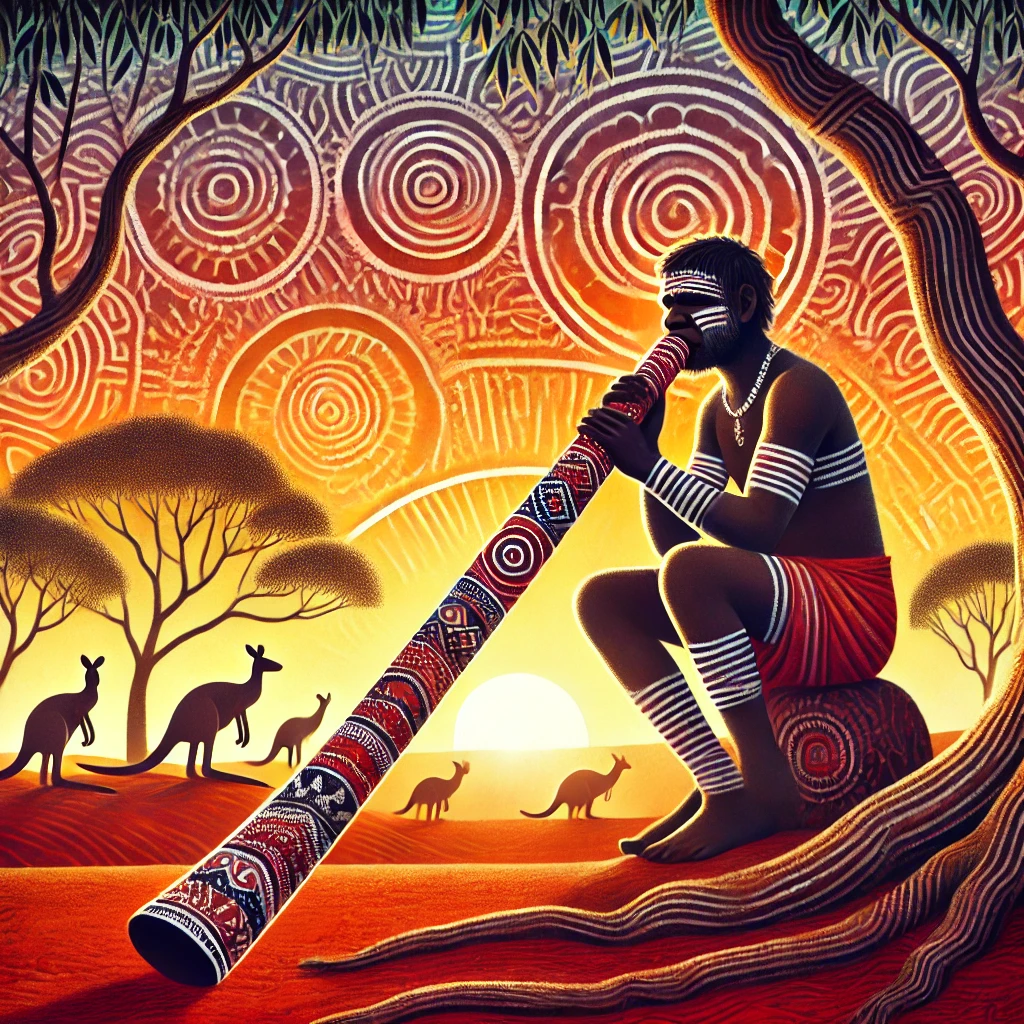
Exploring the didgeridoo’s role reveals how it accompanies ceremonies, storytelling, and healing practices. Its unique construction and playing techniques embody the connection between the land and its people. Join me as we delve into the rich heritage of the didgeridoo and uncover its enduring impact on Aboriginal culture.
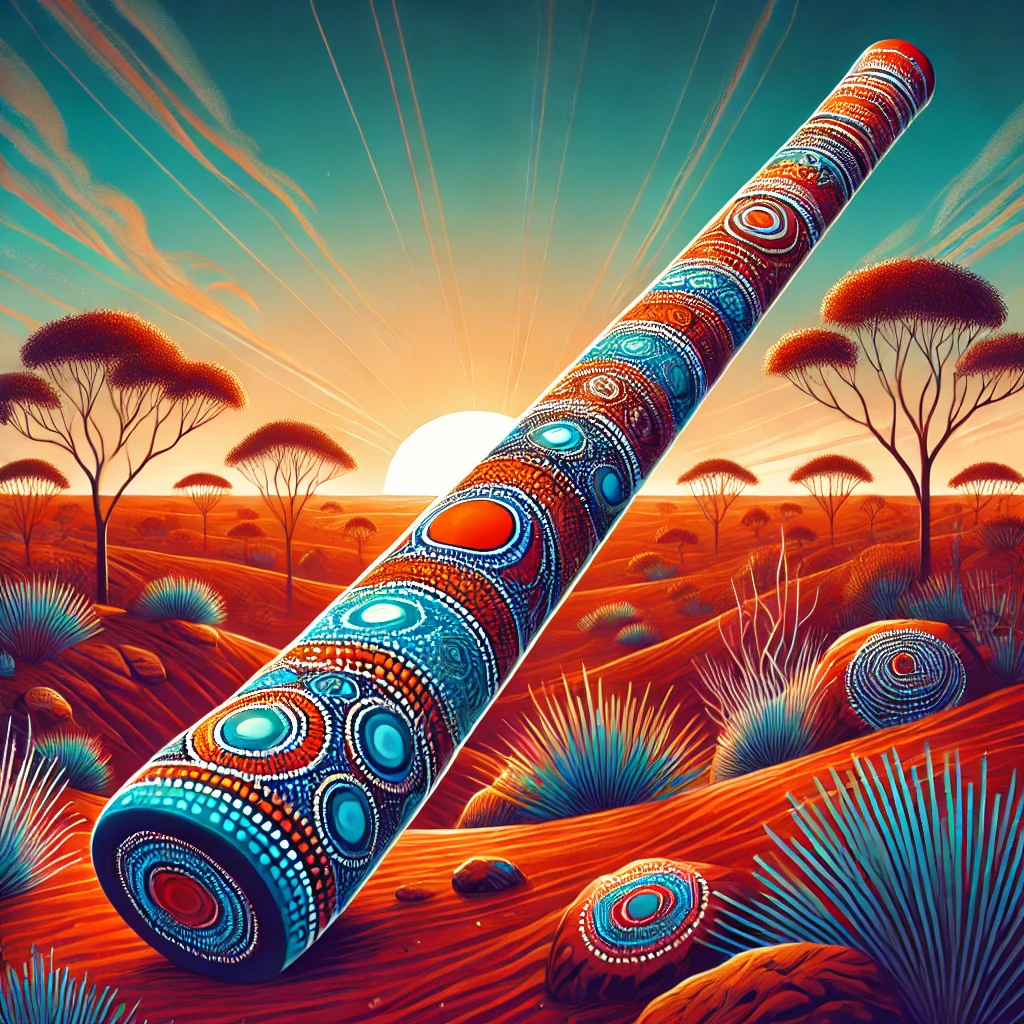
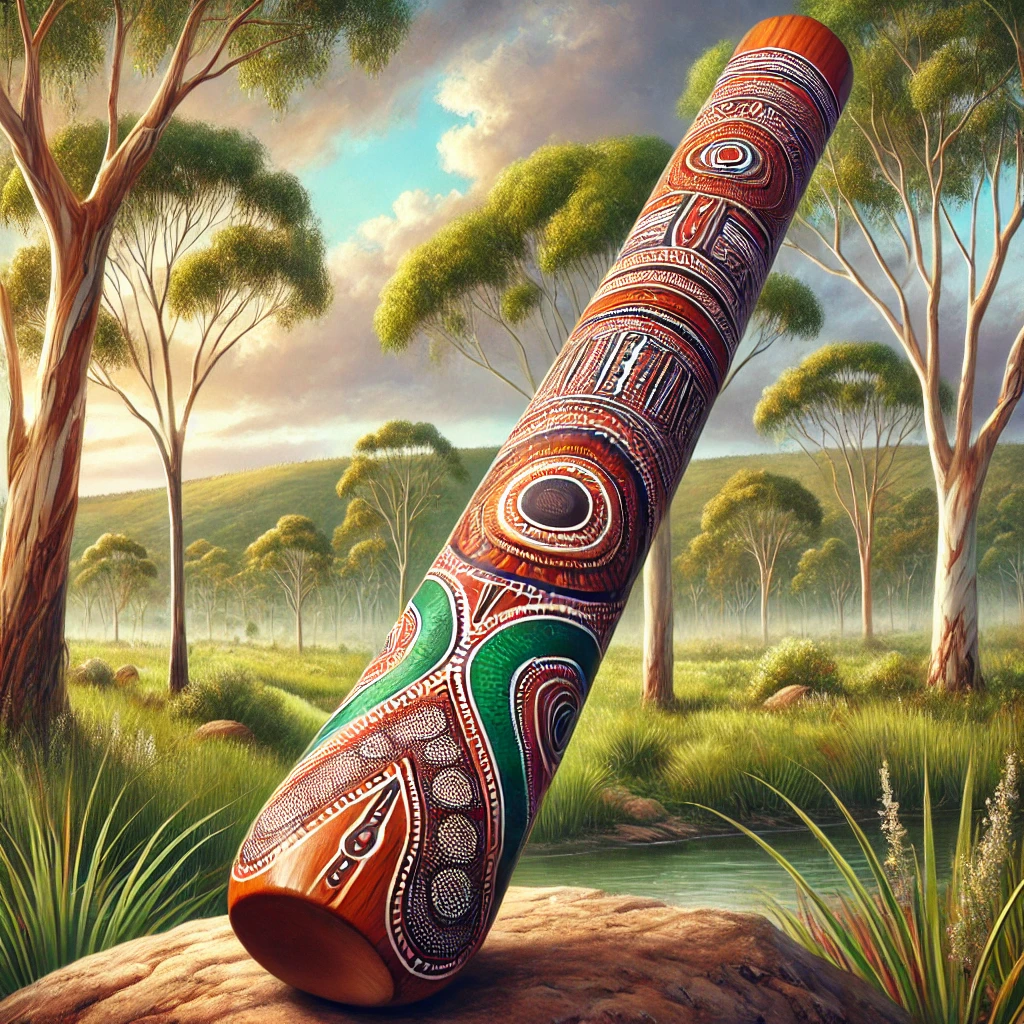
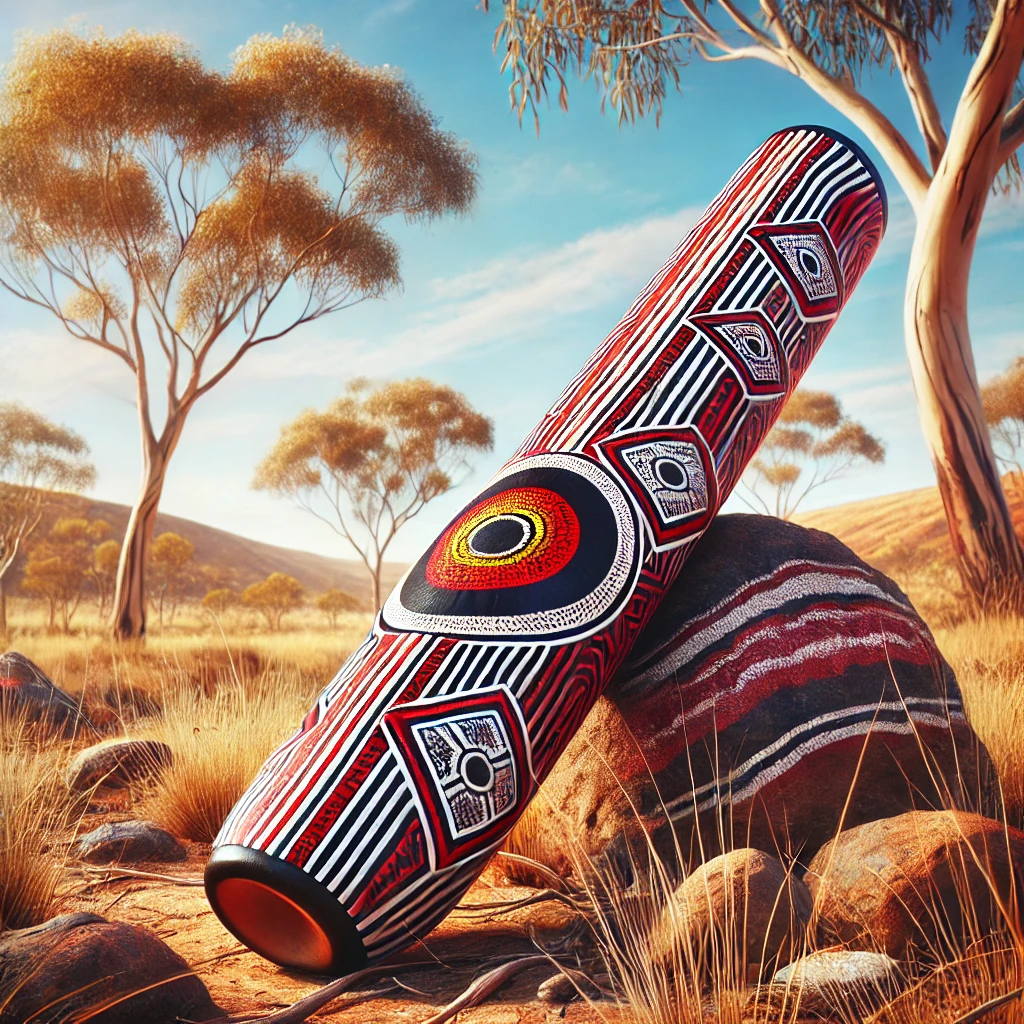
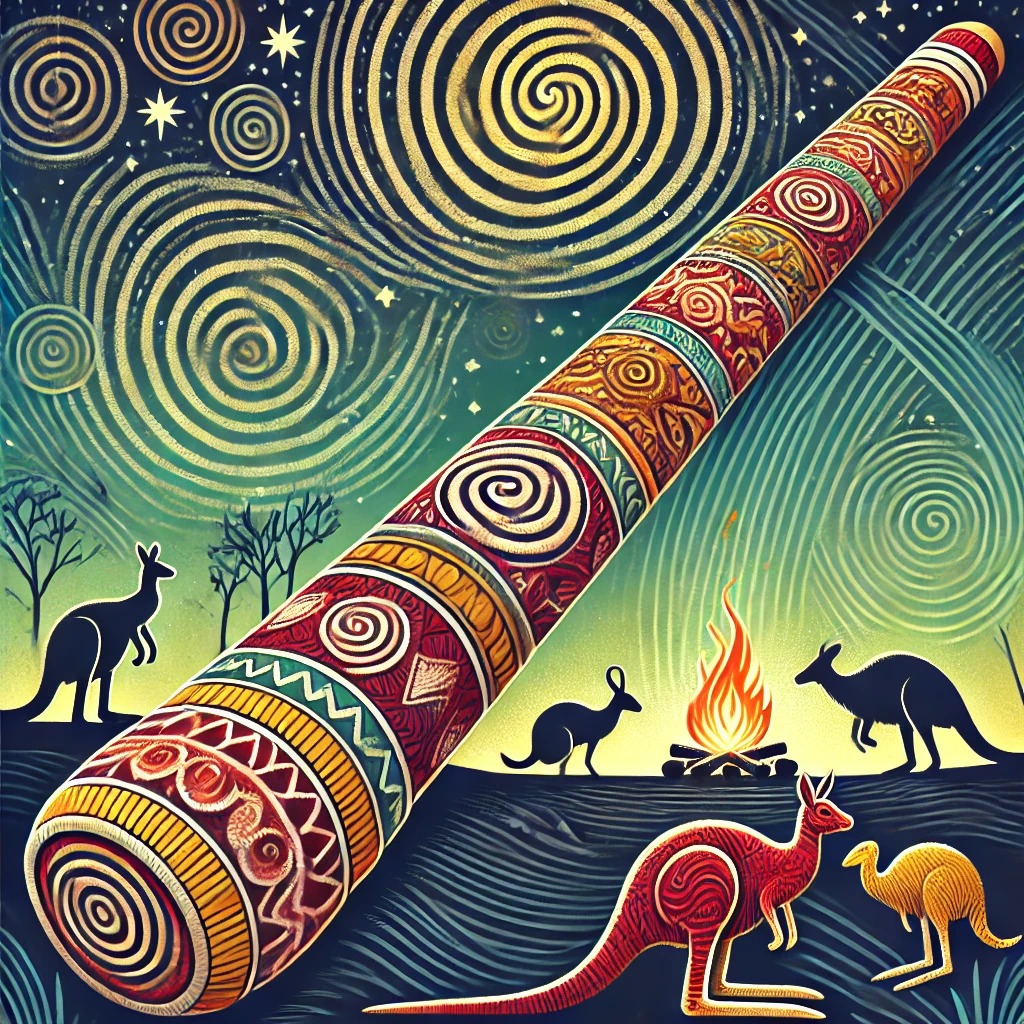
History Of The Didgeridoo
The didgeridoo holds a central place in Aboriginal culture, symbolising tradition and continuity. Its history spans thousands of years, reflecting the rich heritage of Australia’s indigenous communities.
Origins In Aboriginal Culture
Originating in northern Australia, specifically on Goulburn Island and Croker Island, the didgeridoo later spread to North East Arnhem Land[^1][^4][^5]. Early instruments were crafted from bamboo, evolving to termite-hollowed eucalyptus trees over time[^1][^4][^5].
Evolution Over Time
The first recorded European observation of the didgeridoo occurred in 1835 when explorer T.B. Wilson visited the Cobourg Peninsula[^1][^3][^4]. Europeans initially described it as a type of trumpet before adopting the name “didgeridoo” to capture its unique sound[^1][^3][^4]. Over the centuries, the instrument has incorporated various materials and techniques, enhancing its acoustic properties and expanding its presence beyond Aboriginal communities.
Cultural Significance
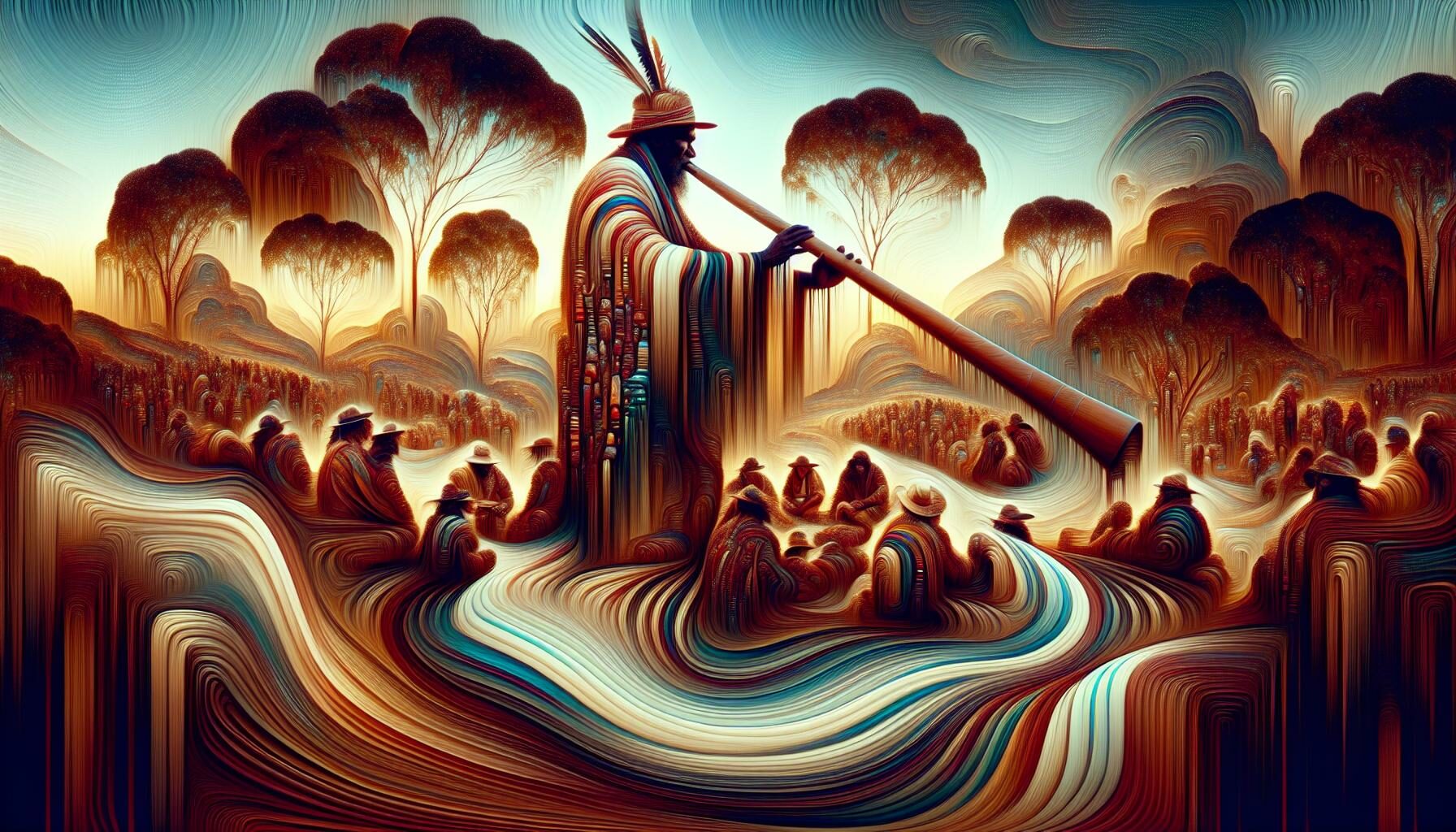
I recognize the didgeridoo’s profound role in Aboriginal culture. This traditional wind instrument embodies the essence of Indigenous Australian heritage and practices.
Spiritual And Ceremonial Roles
In Aboriginal communities, the didgeridoo serves essential spiritual and ceremonial functions.
- Accompaniment in Ceremonies: I observe the didgeridoo enhancing songs and dances during initiation rites and funeral ceremonies. The hierarchy places the singer first, the dancer second, and the didgeridoo player third.
Symbolism In Folklore
The didgeridoo symbolizes the connection to the Dreamtime and ancestral spirits. It represents the bond between the community and the land, reflecting their enduring heritage and spiritual beliefs.
Construction And Materials

I construct didgeridoos primarily from eucalyptus trees native to Arnhem Land. Termites hollow out the trunks naturally, creating resonant chambers ideal for the instrument’s unique sound. Typically, a didgeridoo measures between 1.2 to 3 metres in length, with diameters ranging from 10 to 15 centimetres. The length and diameter influence the pitch and tone, allowing for a variety of sounds.
Traditional Materials
- Eucalyptus Trees: Specifically, the Corymbia and Eucalyptus species.
- Termite Activity: Termites play a crucial role by hollowing out the wood without damaging the structural integrity.
- Natural Finishes: Often left untreated to preserve the wood’s natural resonance and appearance.
Modern Enhancements
- Metal and Resin Inserts: Used to reinforce the structure and enhance durability.
- Decorative Elements: Aboriginal artwork and carvings may be added to reflect cultural stories and symbols.
- Alternative Woods: In some cases, other hardwoods are used when traditional eucalyptus is unavailable.
| Step | Description |
|---|---|
| Selection | Choosing a suitable eucalyptus trunk affected by termites. |
| Hollowing | Termites naturally create a hollow space inside the trunk. |
| Shaping | Crafting the exterior shape and ensuring smooth airflow. |
| Finishing | Adding decorative elements and ensuring structural integrity. |
I ensure each didgeridoo maintains its cultural authenticity by adhering to traditional methods while incorporating modern techniques for enhanced performance and longevity. This balance preserves the instrument’s historical significance and adapts to contemporary needs.
Playing Techniques And Music
Mastering the didgeridoo involves several advanced techniques essential for producing its distinctive sounds. Circular breathing stands out as a fundamental method, allowing uninterrupted airflow by simultaneously inhaling through the nose while expelling air through the mouth. This technique enables sustained drone notes, a hallmark of didgeridoo music. Additionally, players manipulate lip vibrations and tongue movements to create varied overtones and rhythmic patterns, adding complexity to the soundscape.
In Aboriginal ceremonies, the didgeridoo serves multiple musical roles. It accompanies traditional dances and songs, enhancing the ceremonial atmosphere with its deep, resonant tones. Solo performances showcase the player’s skill in crafting intricate melodies and rhythms, often reflecting stories or spiritual themes. Improvisation plays a significant part, enabling musicians to adapt their performance to the mood of the event and the responses of the audience.
Different Aboriginal groups incorporate unique styles and techniques, reflecting their distinct cultural identities. For example, the Yolŋu people integrate specific rhythmic structures and melodic variations into their didgeridoo performances, aligning with their ceremonial practices and storytelling traditions. These regional variations enrich the overall tapestry of didgeridoo music, highlighting its versatility and enduring cultural significance.
| Technique | Description |
|---|---|
| Circular Breathing | Enables continuous sound by inhaling through the nose while exhaling rapidly through the mouth. |
| Lip Vibration | Controls pitch and tone by adjusting lip tension and airflow. |
| Tongue Movements | Shapes the sound waves to produce overtones and rhythmic variations. |
| Improvisation | Allows for spontaneous creation of melodies and rhythms tailored to the ceremony. |
By employing these techniques, didgeridoo players create music that not only entertains but also reinforces cultural narratives and spiritual connections within Aboriginal communities.
Contemporary Perspectives
The didgeridoo retains its cultural significance within Aboriginal communities while embracing global recognition and diverse applications. Musicians worldwide incorporate the didgeridoo into various musical genres, such as jazz, rock, and electronic music, enhancing its acoustic versatility and expanding its international presence[^1].
Educational institutions integrate didgeridoo studies to foster cultural appreciation and diversity. Australian universities offer courses on Aboriginal music, teaching traditional techniques alongside contemporary adaptations. These programs not only preserve the instrument’s heritage but also encourage innovative expressions.
The didgeridoo contributes to wellness and therapeutic practices through sound healing. Its resonant frequencies facilitate relaxation and stress relief, making it a valuable tool in holistic health settings. Workshops and retreats featuring didgeridoo music attract individuals seeking alternative healing methods.
Technological advancements influence didgeridoo craftsmanship and performance. Modern materials, such as acrylic and carbon fibre, complement traditional eucalyptus construction, improving durability and sound quality. Digital recording and amplification technologies enable artists to experiment with new soundscapes, blending traditional sounds with modern audio production[^2].
| Application Area | Description |
|---|---|
| Music Genres | Integration into jazz, rock, and electronic music for acoustic diversity |
| Education | University courses on Aboriginal music promoting cultural understanding |
| Wellness and Therapy | Sound healing practices using didgeridoo frequencies for relaxation |
| Technological Innovation | Use of modern materials and digital techniques in didgeridoo construction |
[^1]: Smith, J. (2022). Global Influence of Traditional Instruments. Musicology Today.
[^2]: Brown, L. (2023). Modern Innovations in Aboriginal Instruments. Journal of Cultural Heritage.
Key Takeaways
- Cultural Significance: The didgeridoo is a central symbol of Aboriginal identity, embodying spiritual beliefs and the deep connection to the Dreamtime and ancestral lands.
- Ancient Origins: Originating in northern Australia over thousands of years, the didgeridoo has evolved from bamboo to termite-hollowed eucalyptus trees.
- Ceremonial Roles: Integral to Aboriginal ceremonies, it accompanies songs, dances, and healing practices, reinforcing community bonds and cultural narratives.
- Unique Construction: Traditionally crafted from natural eucalyptus, modern techniques incorporate metals and alternative woods to enhance durability and acoustic quality.
- Masterful Techniques: Players use circular breathing, lip vibrations, and tongue movements to produce the instrument’s distinctive resonant tones and complex rhythms.
- Global Influence: The didgeridoo has gained international recognition, being incorporated into various music genres, educational programmes, and wellness practices.
Conclusion
Exploring the didgeridoo’s rich heritage has deepened my appreciation for its role in Aboriginal culture. This remarkable instrument not only produces captivating sounds but also serves as a vital link to ancestral traditions and spiritual practices. Witnessing its evolution from traditional eucalyptus craftsmanship to modern adaptations highlights its resilience and enduring significance. The didgeridoo’s ability to bridge cultural divides and inspire musicians worldwide underscores its universal appeal. Embracing its legacy encourages a greater understanding and respect for Aboriginal wisdom and artistry. As I continue to delve into its melodies, I’m reminded of the profound connection between music, identity, and community that the didgeridoo embodies.
Frequently Asked Questions
What is the significance of the didgeridoo in Aboriginal culture?
The didgeridoo holds a central role in Aboriginal culture, serving as a vital tool in ceremonies, storytelling, and healing practices. It symbolizes a connection to the Dreamtime and ancestral spirits, reinforcing cultural identity and community bonds. The instrument enhances songs and dances during important rites, reflecting the enduring heritage and spiritual beliefs of Aboriginal people.
Where did the didgeridoo originate?
The didgeridoo originated in northern Australia, particularly from Goulburn Island and Croker Island. It has evolved from early bamboo instruments to those crafted from termite-hollowed eucalyptus trees. The first recorded European observation was in 1835 by explorer T.B. Wilson, who described it as a type of trumpet before the name “didgeridoo” was adopted.
How is a traditional didgeridoo constructed?
Traditional didgeridoos are made from eucalyptus trees native to Arnhem Land, naturally hollowed out by termites. The construction process involves selecting the right tree, shaping the instrument, and applying natural finishes to preserve the wood’s resonance. Typical dimensions vary, affecting the sound produced. Modern enhancements may include metal and resin inserts for durability and decorative elements that reflect cultural stories.
What are the key playing techniques for the didgeridoo?
Key playing techniques include circular breathing, which allows for continuous drone notes, and the use of lip vibrations and tongue movements to create varied overtones and rhythmic patterns. These methods enable players to produce the didgeridoo’s distinctive sounds and intricate solo performances, which are essential in enhancing the atmosphere of Aboriginal ceremonies.
How has the didgeridoo evolved over time?
The didgeridoo has evolved from early bamboo versions to those made from termite-hollowed eucalyptus trees. Over time, craftsmanship has improved, enhancing acoustic properties and durability. Modern techniques incorporate materials like metal, resin, acrylic, and carbon fibre, expanding its sound quality and applications beyond Aboriginal communities. Technological advancements also allow for new soundscapes through digital recording and amplification.
What role does the didgeridoo play in Aboriginal ceremonies?
In Aboriginal ceremonies, the didgeridoo is essential for enhancing songs and dances during initiation rites and funeral ceremonies. It contributes deep tones that set the atmosphere and supports spiritual and ceremonial functions. The instrument represents a connection to the Dreamtime and ancestral spirits, embodying the community’s bond with the land and their enduring cultural heritage.
How is the didgeridoo used in contemporary music?
Today, the didgeridoo is incorporated into various music genres worldwide, including jazz, rock, and electronic music. Its acoustic versatility allows it to blend with different styles, enhancing global recognition. Educational institutions also include didgeridoo studies, teaching traditional techniques alongside contemporary adaptations, which helps preserve its cultural significance while fostering innovation.
Can the didgeridoo be used for therapeutic practices?
Yes, the didgeridoo is used in sound healing and wellness practices. Its resonant frequencies facilitate relaxation and stress relief, making it a valuable tool in therapeutic settings. The instrument’s deep tones and rhythmic patterns can help improve mental well-being and promote a sense of calm and balance.
How do modern materials affect didgeridoo craftsmanship?
Modern materials like acrylic and carbon fibre enhance the durability and sound quality of didgeridoos. These materials allow for more precise craftsmanship and longer-lasting instruments. Additionally, metal and resin inserts are used to improve structural integrity and add decorative elements that reflect cultural stories, blending traditional craftsmanship with contemporary innovations.
Why is the didgeridoo important for cultural identity?
The didgeridoo is a powerful symbol of Aboriginal cultural identity, representing a deep connection to the land, ancestral spirits, and the Dreamtime. It plays a crucial role in ceremonies, storytelling, and community gatherings, reinforcing social bonds and cultural resilience. The instrument embodies the heritage and spiritual beliefs of Aboriginal people, ensuring the preservation and continuation of their rich cultural traditions.
Author

Josh Morley holds a Bachelor’s degree in Theology from the Trinity School of Theology and a Diploma in Theology from the Bible College of Wales. His academic journey involved interfaith community projects and supporting international students, experiences that shaped his leadership and reflective skills. Now based in Liverpool, Josh is also the founder of Marketing the Change, a digital agency specializing in web design and marketing.
View all posts

